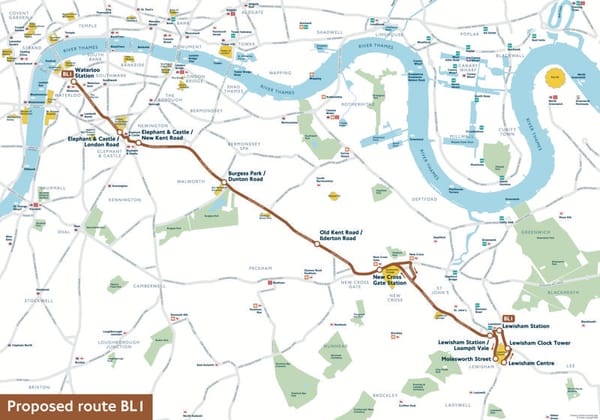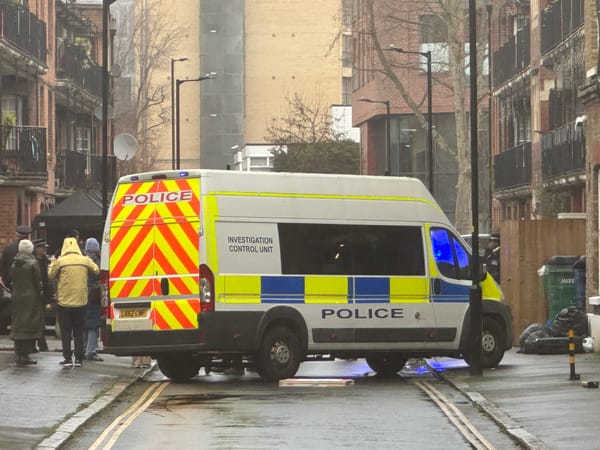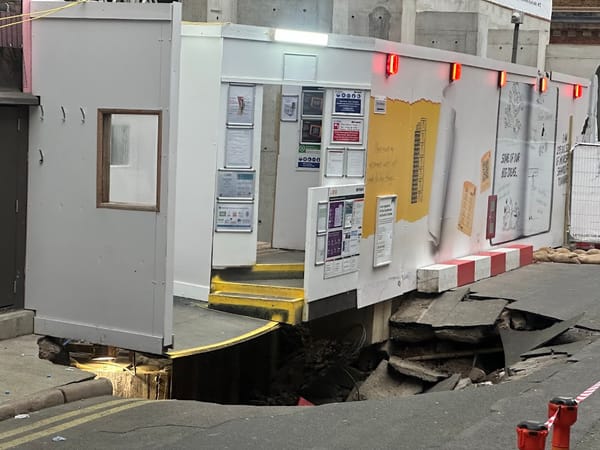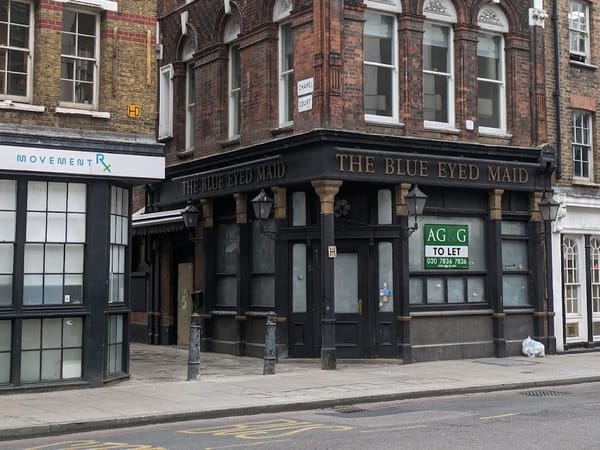Green light for plans to showcase Roman mausoleum and mosaics
Updated plans for the development of the Transport for London-owned land on Southwark Street - including public display of a Roman mausoleum and mosaics discovered on the site - have been approved by Southwark councillors.

The redevelopment of the site formerly known as Landmark Court and now marketed by developers Landsec under the 'Liberty of Southwark' name was first approved in 2020.
The scheme is a joint venture between Landsec and Transport for London through its newly rebranded Places for London development arm.
In 2022 developers announced the discovery of Roman mosaics during archaeological excavations on the site. Last year a Roman mausoleum was unearthed.
This week Southwark's planning committee considered a series of changes to the approved scheme to incorporate a permanent structure for the preservation and display of the mausoleum and mosaics, incorporating a new community centre.
Council archaeologist Dr Chris Constable told the meeting that the detailed arrangements for public access to the mosaics would be negotiated as part of a section 106 agreement with the developer, but the council was seeking "a considerable level of openness for visitors".
The Liberty of Southwark scheme is office-led and will eventually host around 1,200 jobs. Despite earlier hopes by Mayor of London Sadiq Khan that the site could be used for 100+ new homes, the latest changes see the total number of homes drop from 36 in the consented proposals to 34 in the latest version.
The committee heard from local resident Sue Macdiarmid who spoke in objection to the amended application, warning that "in fact it dilutes the very few positive aspects of this scheme" by reducing the provision of housing, adding height to the proposed buildings and introducing "more food and beverage operations in an area that's already saturated".

Ms Macdiarmid also questioned the quality of the proposed arrangements for displaying the mausoleum and mosaics: "This is a valuable site. I'm struck by the lack of imagination here, when something so much better than that could happen."
Janet Kidner from Landsec told councillors: "This application is a result of new building regulations including fire safety, our desire for improved sustainability performance and to display the significant archaeological finds for public enjoyment."
She added: "We propose that the historic finds - including the most intact mausoleum ever found in the UK and some of the largest mosaics uncovered in London for decades - will be protected and displayed for public enjoyment as part of our dedicated community space in Woods Yard."
Ms Kidner acknowledged that the Roman discoveries had cost the developer money which it was trying to recoup via the amended scheme: "We love the archaeology but it has brought delays to our scheme, so we need to look at ways to get a bit more floor space, although recognising the sensitive nature of the area, so that's why we've had to increase the height and massing in a few distinct places."
Jonathan Dean from Peer Group - owners of the Hop Exchange on the opposite side of Southwark Street - spoke at the meeting to support Landsec's proposals for the site which he said was "in desperate need of redevelopment".
He added: "Crucially, we feel this development enhances the area of Bankside and complements the Hop Exchange as well as adjacent buildings and - alongside the significant cultural and economic benefits to the area - the design is high quality and is in keeping with the local architectural vernacular."
Borough & Bankside ward councillor Irina von Wiese spoke to urge the committee to reject the latest scheme. As well as concerns about the increased bulk of the revised proposals, she also called for a more generous display of the archaeological discoveries, more akin to the Mithraeum at the Bloomberg building in the City of London.
Describing the current proposals, she said: "I don't think it is enough. I think it is too small, and it doesn't do justice to the archaeological findings."
Planning committee chair Cllr Richard Livingstone said he welcomed the proposals for the display of the mausoleum and mosaics: "I think they have worked well with the council - and with archaeologists - to ensure that [the heritage] is going to be preserved and displayed in a way that the community can learn from and benefit from," he said.
The committee resolved unanimously that the revised scheme be approved.





